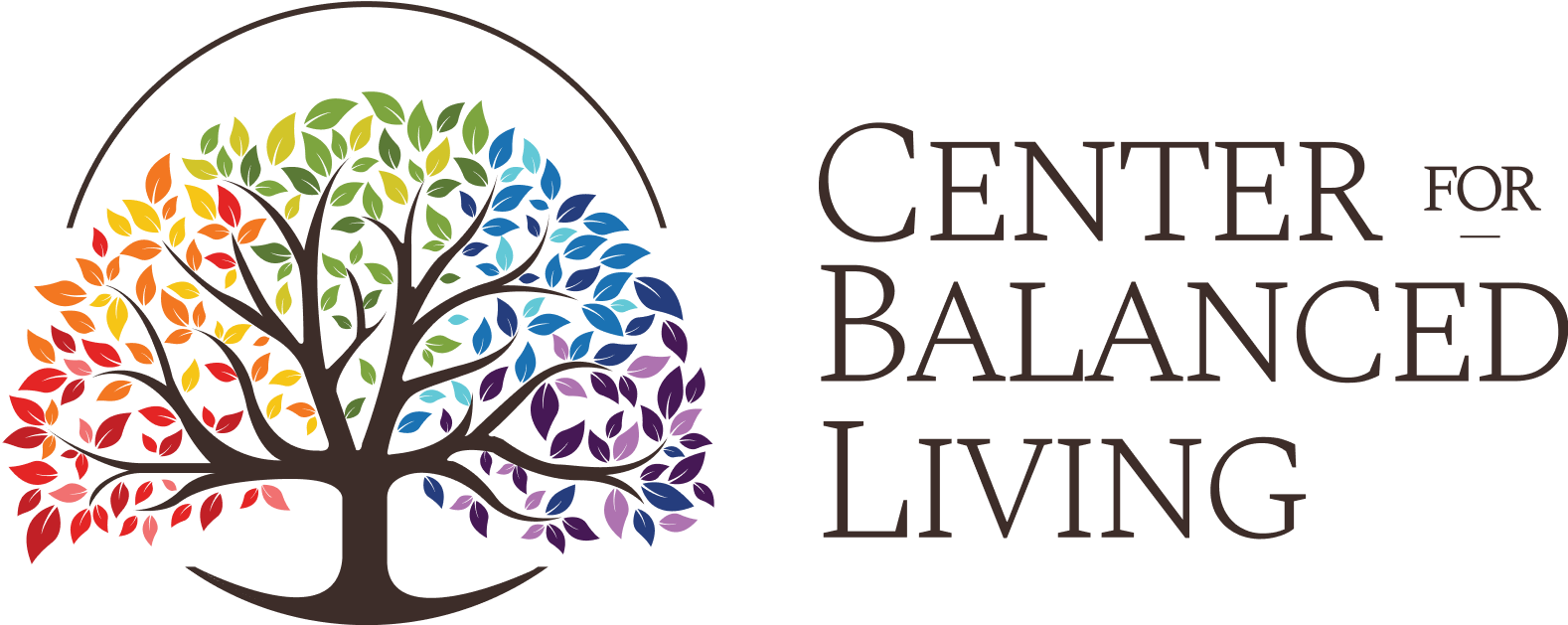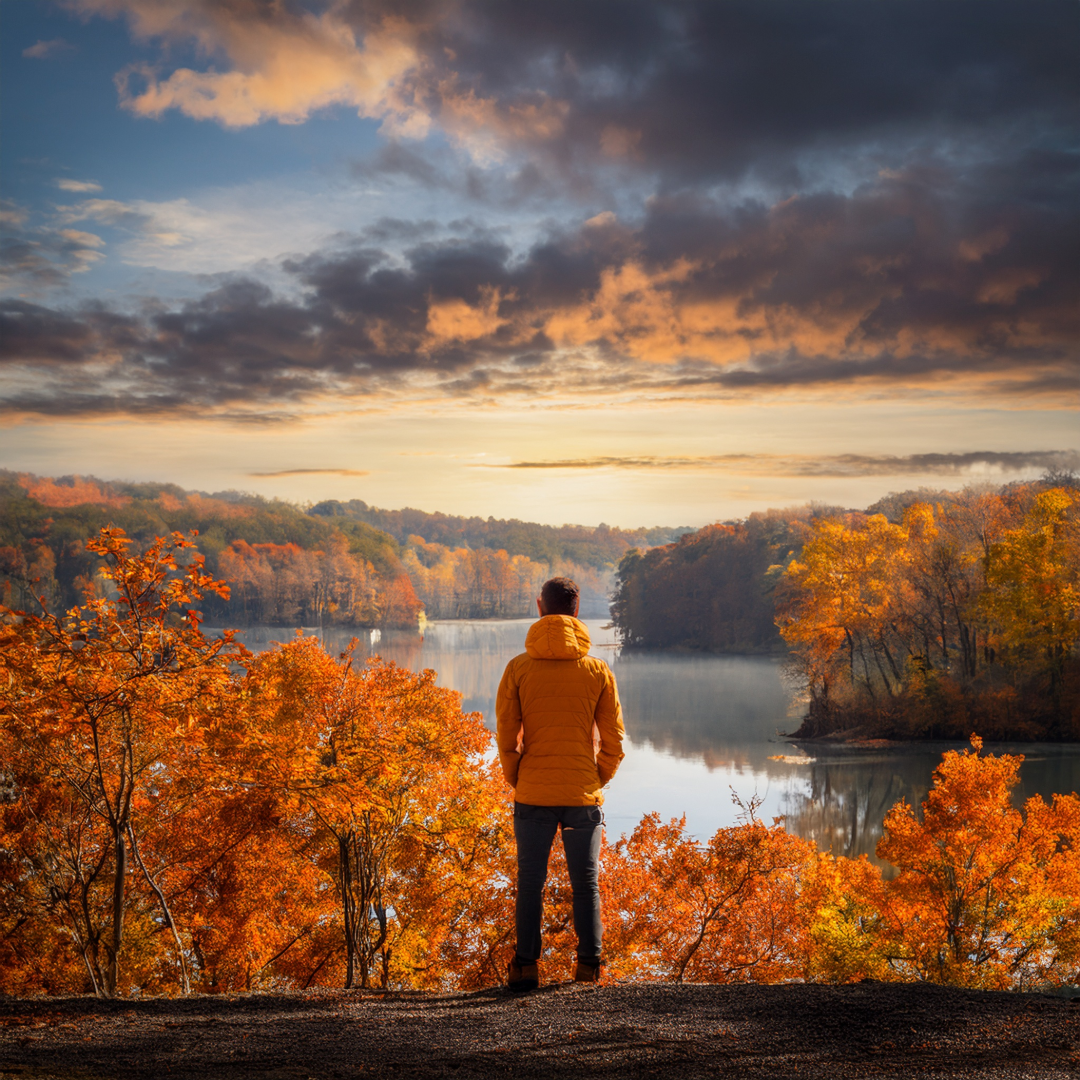Seasonal Affective Disorder (SAD)
SAD is a form of depression that follows seasonal patterns, typically emerging in late fall and winter when daylight is reduced. Common symptoms include hypersomnia, increased appetite and cravings for carbohydrates, low energy, social withdrawal, and depressed mood. Many people underestimate its impact, attributing it to “winter blues,” but SAD can significantly impair functioning.
Light exposure plays a central role in regulating circadian rhythms and serotonin activity. Studies show that decreased sunlight contributes to mood disruption. Clinical resources in your practice emphasize light therapy as one of the most effective interventions, alongside behavioral activation, exercise, and mindfulness practices.
Evidence-based interventions include:
- Light therapy using a 10,000 lux lightbox for 20–30 minutes daily.
- Cognitive Behavioral Therapy (CBT) tailored to SAD, which helps restructure negative thought patterns.
- Lifestyle supports such as consistent sleep hygiene, regular physical activity, and intentional outdoor time.
- Psychoeducation for clients on tracking seasonal patterns to anticipate and prepare for symptom onset.

Ecotherapy in the Fall
Ecotherapy refers to therapeutic practices that intentionally incorporate nature into the healing process. Psychoeducation emphasizes the benefits of sensory engagement with the natural world, such as walking among fall foliage or gardening. It can help with emotional regulation, stress reduction, and enhanced connection to community.
Empirical studies show that time in natural environments reduces cortisol levels, increases vagal tone, and improves working memory and mood (Park et al., 2010; Berman et al., 2012; Gidlow et al., 2016). These findings support the clinical observation that ecotherapy improves resilience and overall well-being .
Ecotherapy is grounded in theories like Attention Restoration Theory, which suggests natural environments restore depleted cognitive resources, and Stress Reduction Theory, which shows time in nature lowers cortisol, blood pressure, and heart rate . The biophilia hypothesis also underlines our innate affinity for natural environments, which can be especially restorative during autumn transitions.
Seasonal Practices with Evidence
Autumn-specific practices, such as forest bathing (Shinrin-yoku) and horticultural therapy, have been shown to reduce stress, improve immune function, and enhance mood . Even brief, mindful walks outdoors in cooler fall air or engaging with seasonal gardening tasks (like planting bulbs or clearing leaves) promote calm and reduce depressive symptoms.
Therapeutic Options
- Nature meditation in a park or wooded area to ground and enhance self-awareness.
- Horticultural therapy, such as planting bulbs for spring during the fall, which has been shown to reduce stress and burnout.
- Animal-assisted therapy (when accessible) to foster connection and reduce agitation .
- Integrating mindfulness into outdoor walks, asking clients to notice sensory details like the crunch of leaves or the smell of the air.

Two ecotherapy rituals are especially supportive for people living with Seasonal Affective Disorder inlcude:
1. Nature Meditation Ritual
Choose a quiet outdoor setting such as a park or wooded path. Spend 10–15 minutes focusing on sensory experiences: the crunch of leaves underfoot, the feel of cool air, or the quality of light through trees. This form of mindfulness in nature helps restore attention, reduce stress, and increase self-respect and connection to the environment . For someone with SAD, the ritual of daily or near-daily exposure to daylight during meditation supports circadian rhythms and mood regulation.
2. Horticultural Therapy Ritual
Engage with gardening or plant care, even in simple forms such as planting bulbs, tending to a small container garden, or trimming indoor plants. Research indicates that horticultural activities reduce stress, burnout, and social isolation . In the fall, planting or preparing soil for winter can provide a sense of continuity and agency during a season when SAD often brings withdrawal. The tactile engagement with soil and plants has grounding effects that improve mood and foster resilience.
Both rituals emphasize regularity, daily practice outdoors or weekly gardening tasks, so that ecotherapy becomes a stabilizing rhythm during the darker months.

Preparing for Holiday Stress
Holidays often evoke a mix of anticipation and anxiety. Stressors may include financial pressure, social obligations, grief, or intensified loneliness. Being prepared and planning for this type of stress can begin the practice of managing it better.
Evidence shows that proactive coping reduces holiday-related stress. Lifestyle strategies such as adequate sleep, balanced diet, mindfulness, and boundary-setting are protective factors. Group and peer support are also effective in mitigating depressive symptoms around stressful seasons.
Therapeutic Options
- Mindfulness-Based Stress Reduction (MBSR) for staying present during overwhelming moments.
- Values clarification exercises to help individuals prioritize meaningful traditions over obligations.
- Psychoeducation groups or workshops on holiday stress management, integrating skills like distress tolerance and boundary-setting.
The following is a practice to assist with managing stress:
Lie down or sit comfortably in a quiet space. Begin with a few slow breaths, then guide attention progressively through the body: feet, legs, abdomen, chest, arms, shoulders, face. Notice sensations (warmth, tightness, tingling) without trying to change them. If the mind wanders to holiday to-do lists or worries, gently return to the body. Conclude by resting attention on the breath and cultivating gratitude for a moment of pause.
This 10–15 minute ritual can be used daily during the holiday season. It helps anchor yourself when feeling overwhelmed, increases tolerance for holiday triggers, and fosters self-compassion. Over time, it builds resilience by training the nervous system to downshift from chronic activation.

We have some exciting news! To better serve our readers and provide you with more timely updates, our newsletter will now be released on the 15th of each month. This new schedule ensures you’ll receive the freshest insights, tips, and important community announcements—right at the midpoint of every month.
Mark your calendar and get ready to stay in the loop! Here’s what you can expect with our new release date:
- Consistent delivery of newsletter content every month
- Access to the latest news and trends by the 15th
- Regular features, special updates, and exclusive resources
We appreciate your ongoing support and are committed to bringing you valuable content in every edition. As always, feel free to share your thoughts or questions—we love hearing from our readers!




